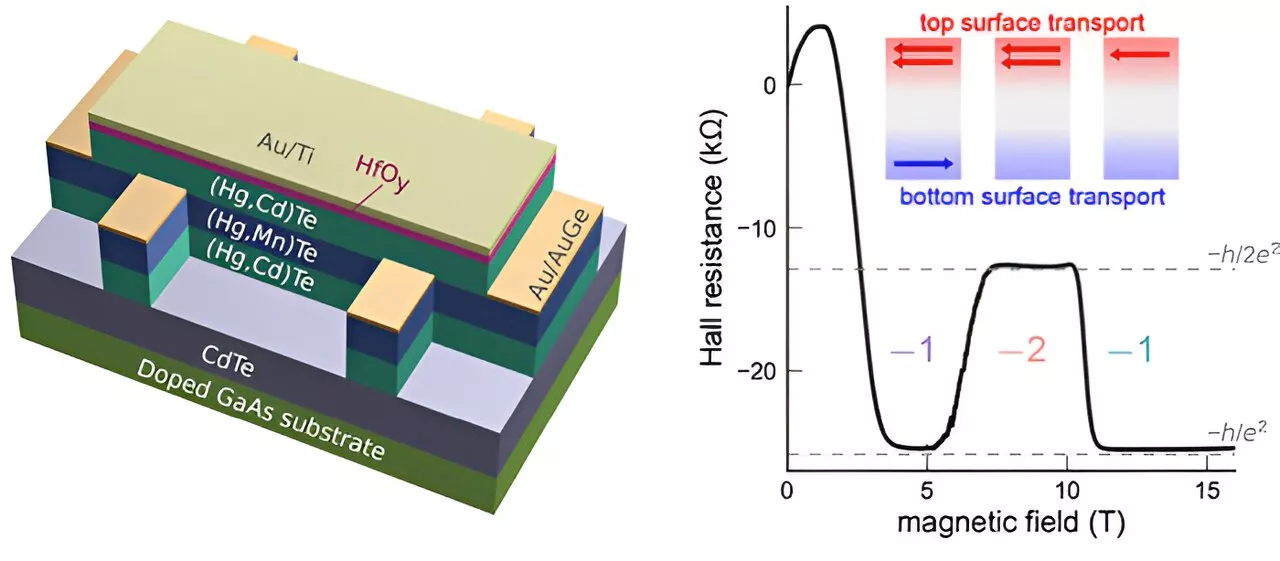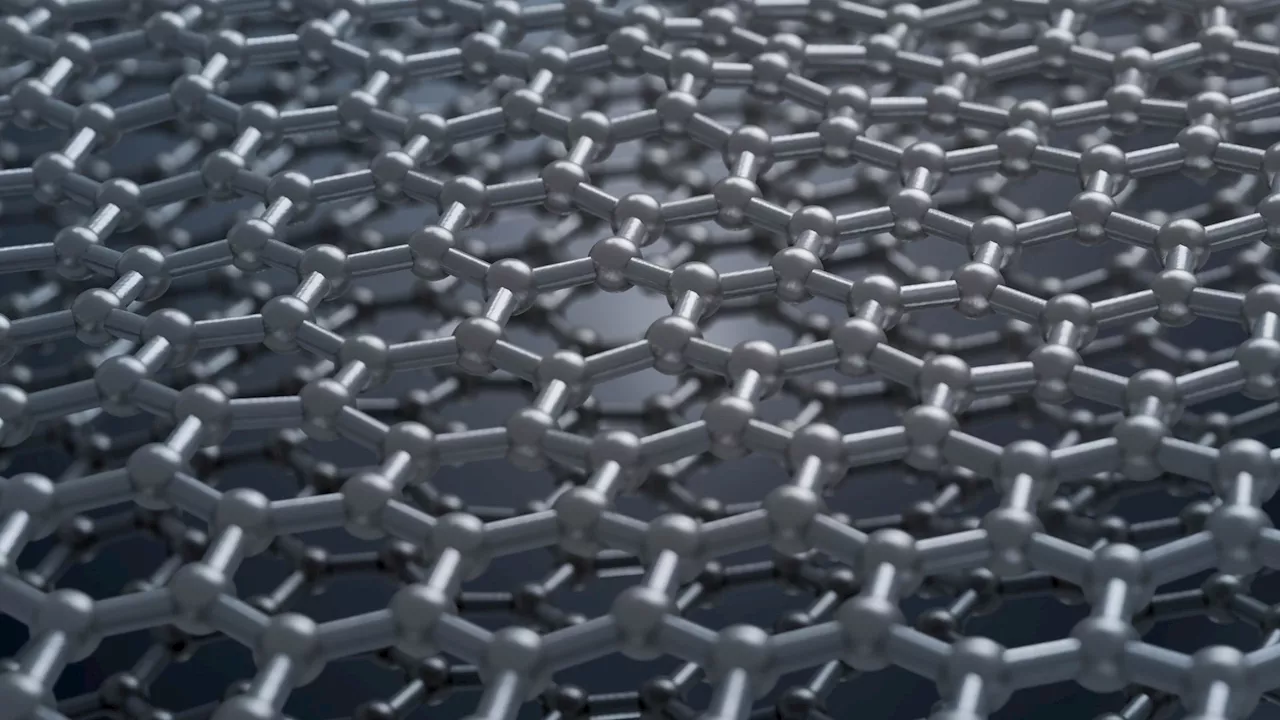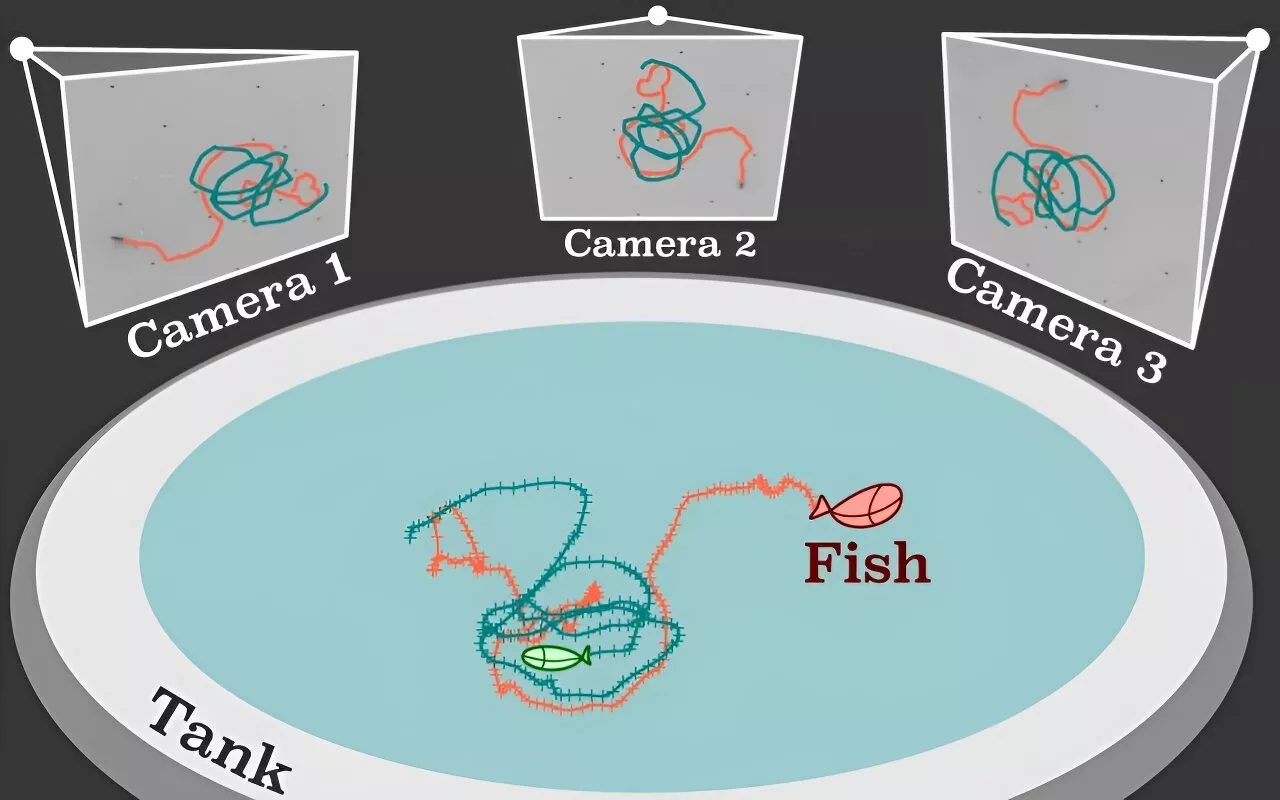Researchers adapt a novel force measurement technique to uncover the previously unidentified physics at play at the thin air-film gap between water droplets and superhydrophobic surfaces.
Microscopic chasms forming a sea of conical jagged peaks stipple the surface of a material called black silicon. While it's commonly found in solar cell tech, black silicon also moonlights as a tool for studying the physics of how water droplets behave.
Aalto University Assistant Professor Matilda Backholm is the first author of the paper that details these findings, published on April 15 in the journalShe conducted this during her time as a postdoctoral researcher in Professor Robin Ras's Soft Matter and Wetting group in the Department of Applied Physics.
Black silicon exploits the specific surface tension of water to minimize the contact between the droplet and the surface. Cones etched onto the substrate make the water droplets glide on an air-film gap, known as a plastron. But in a counterintuitive twist, the very mechanism that enables hydrophobic surfaces to deflect water droplets also leads to the shearing effect outlined in Backholm's paper.
'This work builds upon the wealth of expertise from the Soft Matter and Wetting research group on the subject of superhydrophobic surfaces. Rarely does the opportunity emerge to fully explain the subtleties of the microscopic forces involved in wetting dynamics, but this paper accomplishes just that,' says Ras.Backholm adapted a unique micropipette measurement technique to gauge the forces acting against the water droplets.
Backholm expects these findings will further enable physicists and engineers to develop hydrophobic surfaces with better performance.Matilda Backholm, Tytti Kärki, Heikki A. Nurmi, Maja Vuckovac, Valtteri Turkki, Sakari Lepikko, Ville Jokinen, David Quéré, Jaakko V. I. Timonen, Robin H. A. Ras.Researchers have developed a superhydrophobic surface with a stable plastron that can last for months under water.
Chemistry Graphene Spintronics Nuclear Energy Physics Transportation Science Quantum Physics
United Kingdom Latest News, United Kingdom Headlines
Similar News:You can also read news stories similar to this one that we have collected from other news sources.
 Physicists explain, and eliminate, unknown force dragging against water droplets on superhydrophobic surfacesMicroscopic chasms forming a sea of conical jagged peaks stipple the surface of a material called black silicon. While it's commonly found in solar cell tech, black silicon also moonlights as a tool for studying the physics of how water droplets behave.
Physicists explain, and eliminate, unknown force dragging against water droplets on superhydrophobic surfacesMicroscopic chasms forming a sea of conical jagged peaks stipple the surface of a material called black silicon. While it's commonly found in solar cell tech, black silicon also moonlights as a tool for studying the physics of how water droplets behave.
Read more »
 Physicists demonstrate parity anomaly in a topological insulatorExperimental and theoretical physicists from the Würzburg Institute for Topological Insulators have observed a re-entrant quantum Hall effect in a mercury telluride device and have identified it as a signature of parity anomaly.
Physicists demonstrate parity anomaly in a topological insulatorExperimental and theoretical physicists from the Würzburg Institute for Topological Insulators have observed a re-entrant quantum Hall effect in a mercury telluride device and have identified it as a signature of parity anomaly.
Read more »
 Electrons act like ghosts in graphene, puzzling physicistsResearchers have found fractional quantum anomalous Hall effect in graphene molecules which could pave the way for making certain type of quantum computers.
Electrons act like ghosts in graphene, puzzling physicistsResearchers have found fractional quantum anomalous Hall effect in graphene molecules which could pave the way for making certain type of quantum computers.
Read more »
 Physicists Study Schooling Behavior of ZebrafishA research team has examined the schooling behavior of zebra danio (Danio rerio, also known as 'zebrafish') using methods from the field of multi-particle physics. They explain that groups of just three fish already move in a similar way to large schools while, by contrast, two fish display completely different behavior.
Physicists Study Schooling Behavior of ZebrafishA research team has examined the schooling behavior of zebra danio (Danio rerio, also known as 'zebrafish') using methods from the field of multi-particle physics. They explain that groups of just three fish already move in a similar way to large schools while, by contrast, two fish display completely different behavior.
Read more »
 Physicists develop modeling software to diagnose serious diseasesResearchers have recently published FreeDTS -- a shared software package designed to model and study biological membranes at the mesoscale -- the scale 'in between' the larger macro level and smaller micro level.
Physicists develop modeling software to diagnose serious diseasesResearchers have recently published FreeDTS -- a shared software package designed to model and study biological membranes at the mesoscale -- the scale 'in between' the larger macro level and smaller micro level.
Read more »
 How many zebrafish constitute a school? 'Three,' say physicistsPhysicists are also interested in fish—above all when they are researching the formation of structures.
How many zebrafish constitute a school? 'Three,' say physicistsPhysicists are also interested in fish—above all when they are researching the formation of structures.
Read more »
